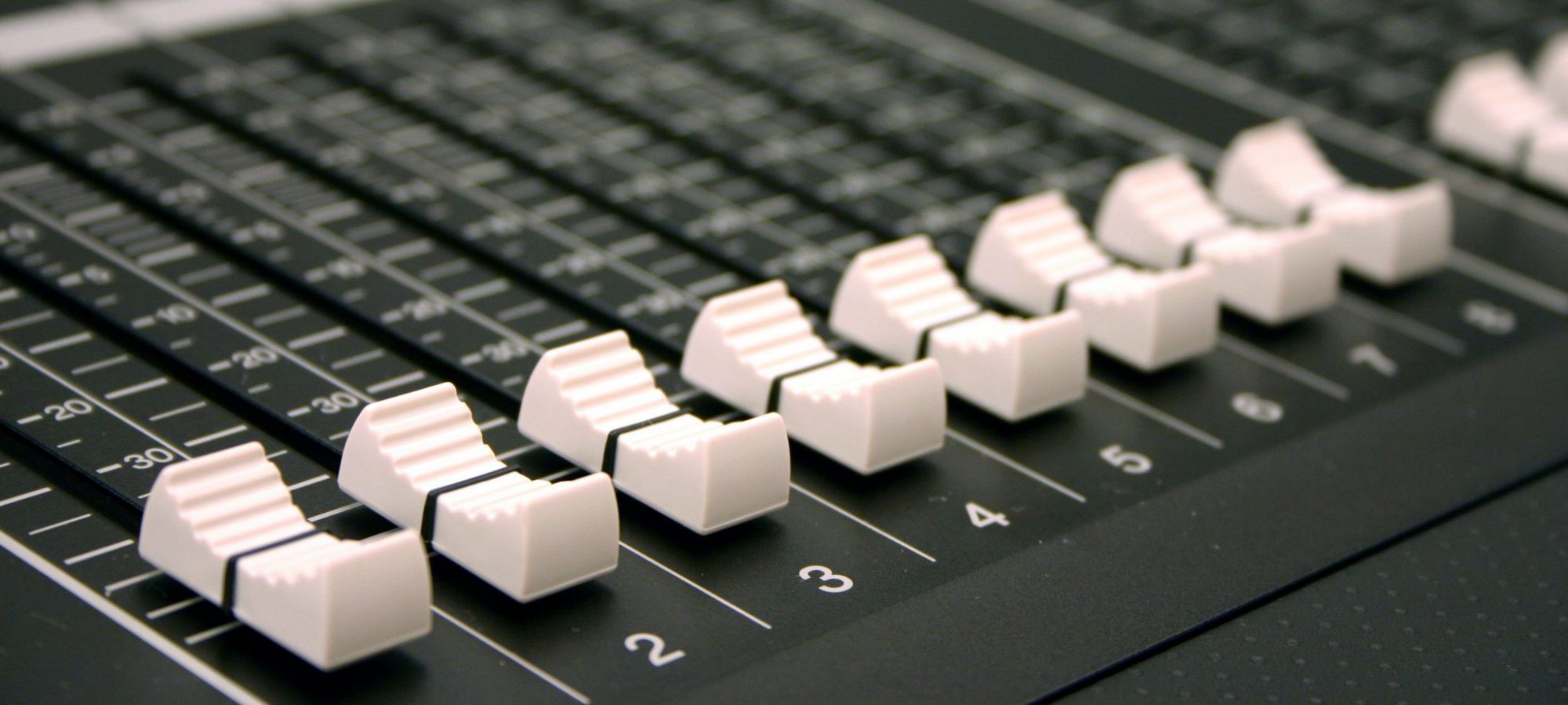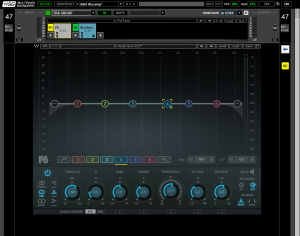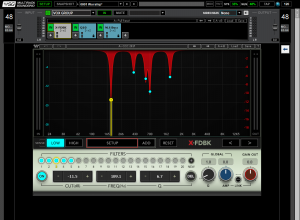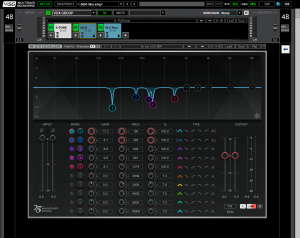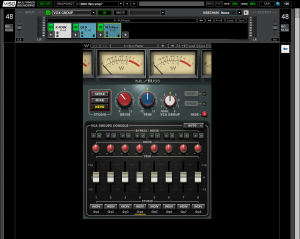This week we are starting a new Back to the Basics series talking about building your mix. I’ve been asked before about how I consistently can produce good mixes and it comes from the process I go through to get to each mix. This week we’ll talk about what I do before rehearsal starts, next week we’ll talk about my rehearsal process, and then the last week we will talk about what I do during the show to keep my mix fresh and vibrant. The key to reading this, or any of my other posts for that matter, is to make sure to translate what I’m saying to your situation. There are so many different ways to do things in this digital age of soundboards just find the solution that not only fits your equipment but also your environment/culture. If it works for me that doesnt mean it will work for you because there are so many variables in each room and with each piece of gear that most tips don’t directly work in every room. With that in mind, let’s dig in to how I build my mix each week live or while I’m in the studio.
One of the best things you can do before you even start mixing is to take the time to understand every bit of your soundboard. Do you understand what each button does? Are you able to make last minute patch changes? Have you taken the time to create a template that, for all intents and purposes, zeros out your console before each use? Just like with analog boards, it’s better to start with a clean slate with basic settings already set and ready to go. From time to time, if you find yourself making the same changes for each mix then add that to your digital template. Not only do templates reset all those unique changes you made last week that you probably won’t need this week with an all new band but it keeps you honest as an engineer as you have to through things again and tweak EQs and such each week. It’s also important to completely understand what tools you have at your disposal (i.e. – onboard processing/FX and outboard equipment) but how to access and use them in a moments notice so you’re not wasting valuable rehearsal time figuring out a setup issue. Even in the studio, if you are having gear issues and can’t get them resolved quickly because you don’t fully understand the setup you are using you are going to have to refund some studio time.
Building on that foundation of understanding your console is spending time improving your template with multi-track recording. There aren’t many professions where the simulator actually can get you pretty close to actually mixing the show in real time (don’t forget about the stage noise from the band). If I have trouble with dialing in the drum sounds or want to try out a new plugin it’s so easy to just pull up some playback and start experimenting. There is nothing quite like some seat time behind your console to help you not only get some practice actually building a mix but more importantly get a mix locked in and then walk around your room to see what things sound like. Personally, I think taking a walk should happen quite a bit in the rehearsal process but also regularly so you can keep an ear on your PA. Sometimes things break and you don’t notice immediately. During one of my volunteers walk around the room he heard a weird noise from one of our boxes and when we went up there to take a look we noticed that the cone was separating from the frame and we checked out the rest of the PA to find this epidemic that was about to surface (we ended up replacing every driver in our PA). If we never leave our booths while we mix we might miss a catastrophic problem. Worse yet, your mix may sound great at the booth but sound super boomy in other parts of the room. You can’t mix for the whole room if you’ve never walked around to hear what it sounds like. After you’ve mixed in a room you can get an idea of what your room will do to your mix but it’s still good practice to walk around during a rehearsal. In the same way live that you need to walk around the room, in the studio you need to hear your mix through different mediums like headphones, cell phone speakers, car stereos, etc. The point here is to make sure to keep your perspective as large as it can be so your mix sounds great no where you’re standing or what you’re listening through.
The last thing I wanted to talk about this week is the need to prepare as best you can for each event. One thing that I do regularly is look through the event or service plan or a recording schedule and make sure you have an internal knowledge of the plan and more importantly the content you’ll be mixing/recording. A lot the content I mix is based on artist released music so I usually take some time to listen to the artist recording of new songs that come down the pipe. I find it’s easier to anticipate needed mix changes if I know when the solos happen verses when it’s just an instrumental or perhaps if there is big bridge with a synth line that needs to be at the top of the mix if I have a general knowledge of the content in play. If needed touch base with your band leader and figure out what they might be expecting from your mix/recording that night so you can be sure to pay extra attention to the details mentioned. In addition to preparing my mind I find myself making sure my gear is in tip top shape. Are there software upgrades available or firmware updates for wireless systems or consoles/recording equipment that will help your gear run as best as it can? Are the updates for any production computers either completed or turned off so there are no interruptions during the event or session? We recently purchased a new wireless system and had a few issues and reached out for some support only to find out that the wireless mics themselves have a firmware now that needed to be updated. Sure enough, after they were updated most of our issues have been solved and the rest just needed to be worked through. The new firmware also brought some new features that we were able to immediately start using. Most of the boards we are using today are digital and have software that does get updated regularly by manufacturers. Most of those updates fix issues and some even bring you new features. Be sure to take some time and look for these software updates if you haven’t checked in awhile.
That is it this week. I truly hope you read something new or saw something in a new light that inspires you to be better prepared for your next job. Next week we’ll dig into how I mix during rehearsals or recording sessions and go over our rehearsal process at CCC. If you have any questions you can comment below, leave a comment on facebook, or email me at daniel@studiostagelive.com. If you’d like to receive an email when new content is posted just subscribe at this link and a message will be sent to your inbox when a new post is up. See you all next week!
